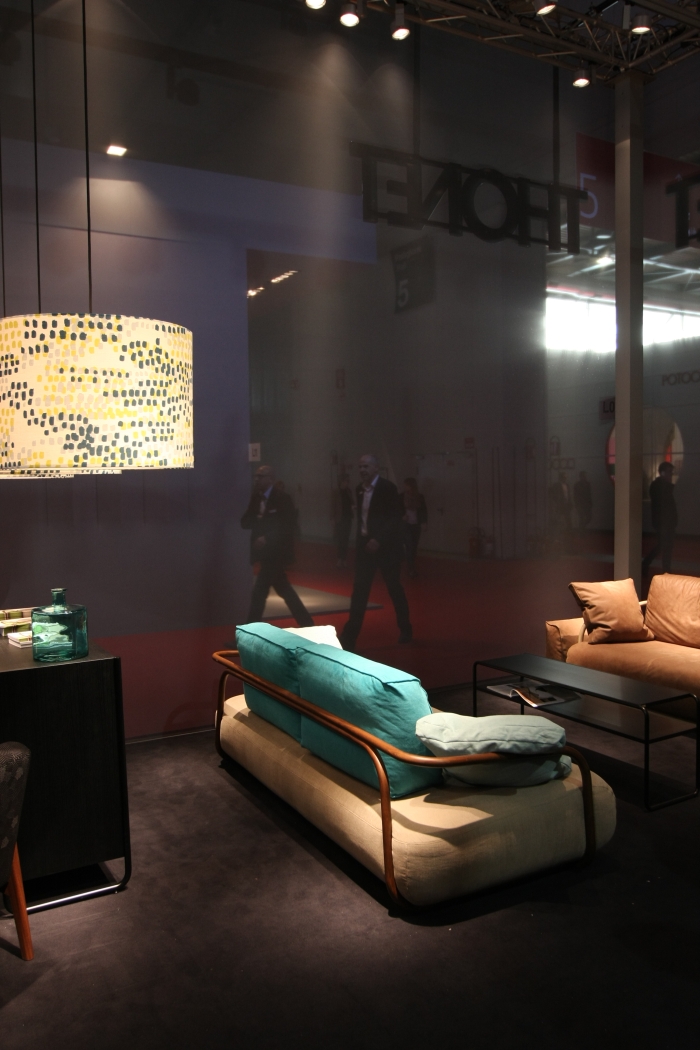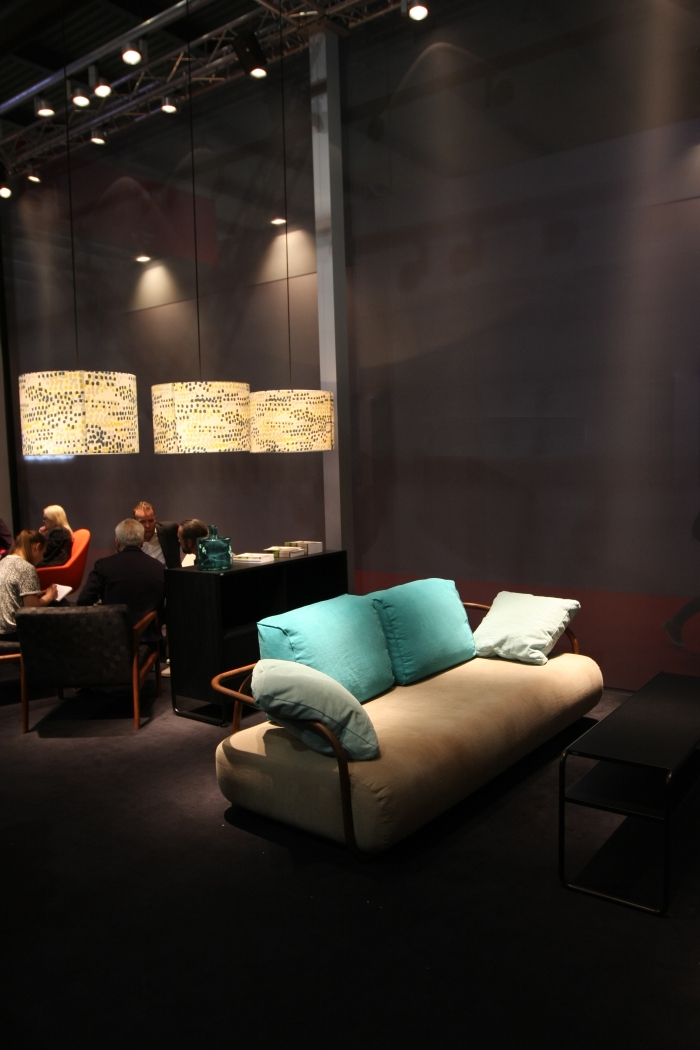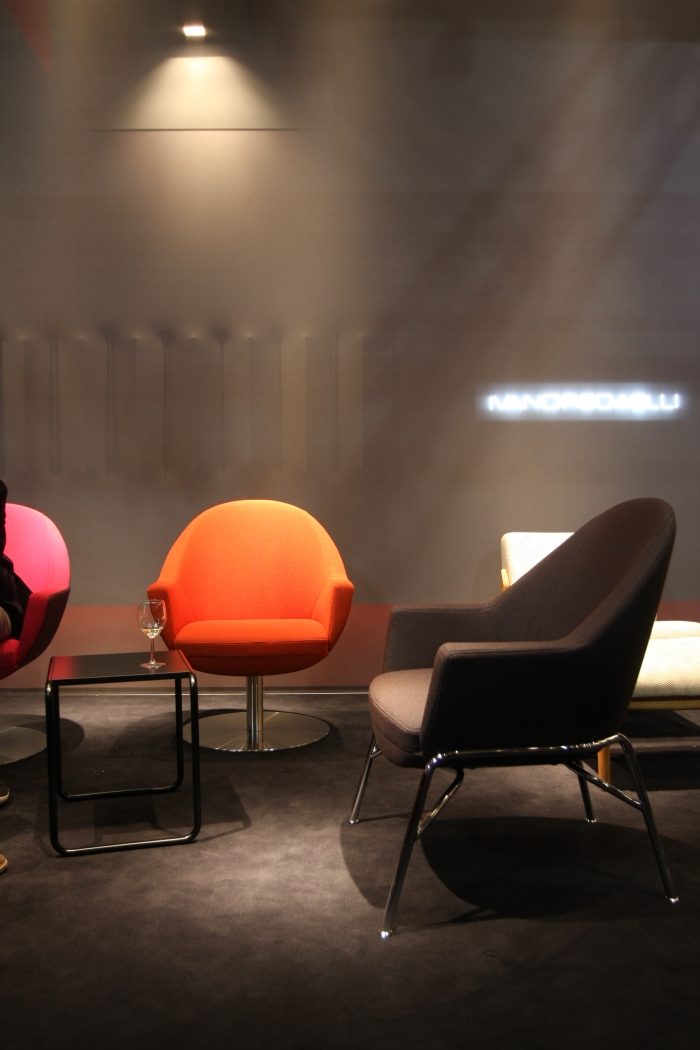Designer | Exhibitions and Shows | Fuorisalone | Fuorisalone Milan Design Week | Milan Design Week | Office Furniture | Producer | Product | Thonet
Back in the hazy mists of 2014 the Grassi Museum for Applied Arts, Leipzig presented Sitting – Lying – Swinging. Furniture from Thonet, an exhibition which provided a leisurely stroll through 150 years of Thonet chair design and helped explain the evolution of the company's designs over the decades, including why Thonet lost their way in the 1980s and how from the late 1990s onwards they regained their position as one of Europe's leading contemporary furniture producers.
And an exhibition which for Thonet became the motivation to explore their extensive back catalogue in more detail.
And it is an extensive back catalogue. So extensive that we suspect no one really knows just how deep and wide and tall it is.
Re-working the back catalogue isn't a new concept for Thonet, recent years having seen in addition to occasional limited edition versions of archive pieces the release of the S 1520, S 1521 & S 1522 hat rack/coat rack/shoe rack family, a complete re-working and updating of a 1930s product range. In the wake of the Grassi exhibition however Thonet undertook a more critical evaluation of the catalogue, and rather than simply re-working and updating existing products worked much more conceptually with the aim of creating functional, contemporary objects from the spirit of the collection past.
To this end three projects were undertaken, one looking at sofas, one at steel tube lounge furniture and one at solid wood lounge furniture, each under the leadership and guidance of a member of the Thonet Design Team and all unveiled at Milan Furniture Fair 2015.
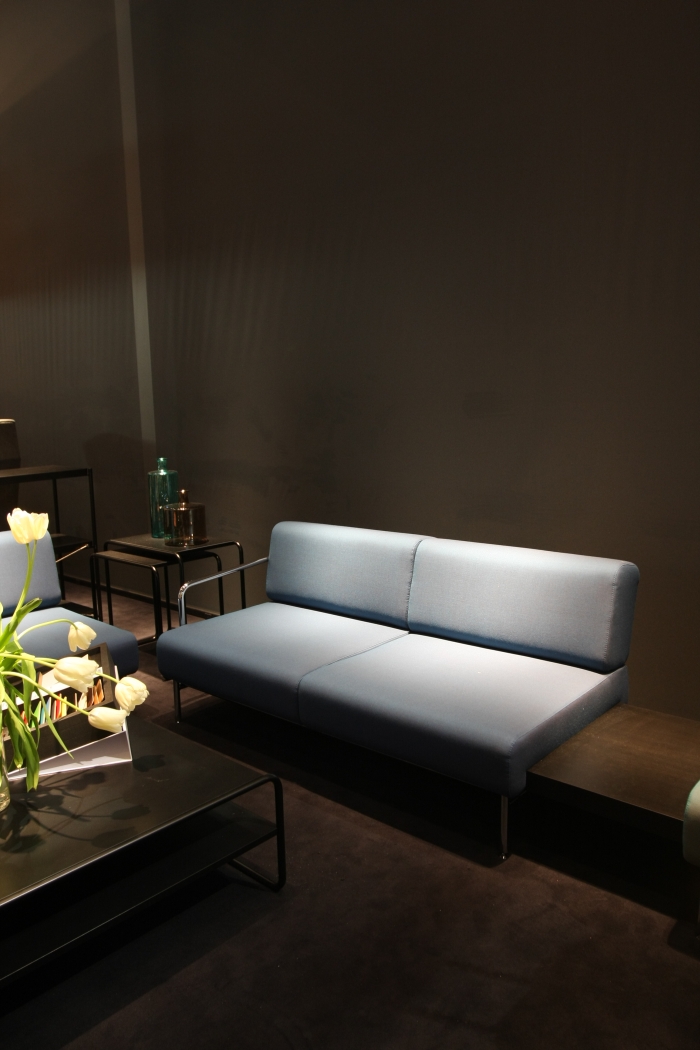
For us the highlight of the new projects is and was the S 650 programme. Developed by Sabine Hutter from a 1950s concept the S 650 is an impressively reduced sofa/armchair family, the individual seating elements of which can be combined and joined via a table element to create a unitary seating system. Although unashamedly quadratic the S 650 is a very svelte and unobtrusive object whose classic lines and mix of steel tubing and generous upholstery give it an accessible, welcoming character. A contemporary product family which we suspect will find much more use in commercial/office/object situations than domestic, a particular joy of the S 650 is the elegantly nonchalant armrests; armrests which despite their functional and formal importance, really don't seem to care. An offhandedness which expunges all sense of gravitas from the chairs and so adds to the programme's easy charm.
Formally much more imposing is the S 830 armchair programme by Emilia Becker. Based around a more or less tear drop shaped seat shell, albeit a tear drop shaped seat shell which has been brutally and unforgivingly rectilinearly cut, the S 830 makes it very clear where and how you should sit. Yet follow this less than subtle invitation and you will discover an excellently proportioned and formally well considered lounge chair which provides for a very pleasing, supportive, relaxing seating experience. It's a bit like good cop/bad cop - but where both cops have, despite their differing, conflicting natures, hearts of gold. Being a programme rather than product the S 830 comes with a choice of bases, specifically a steel tube frame or a standing swivel foot. Particularly effective for us being the coloured steel tube version with the two tone upholstery.
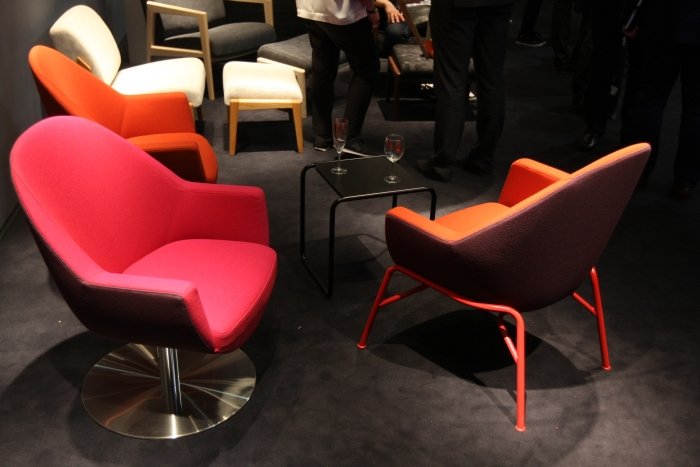
Thonet however do more than bent tubular steel, they also do bent wood. And unbent, solid, carpentered wood. Yes they do! And while you admittedly do have to be very familiar with the current Thonet portfolio to know that, a quick flick through the Grassi exhibition catalogue confirms that solid wood chairs have more or less always been an integral part of the Thonet (hi)story. And perhaps it is this popular unfamiliarity that makes the S 860 family by Lydia Brodde initially so striking. Get over the initial shock of seeing such a product in a Thonet collection and you quickly appreciate not only the attention to detail in the design but the quality of workmanship and materials. Combine such construction factors with a formally very open yet robust optic and you have a contemporary lounge chair which does nothing more spectacular than provide a comfortable and practical place to sit. And as already noted, as an end customer that is all we want. If we can do it with the degree of carefully considered grace afforded by the S 860, so much the better. The matching ottoman meanwhile adding not only an extra level or three of comfort, but also functioning as a stool, thus giving you a delightful two for one deal.
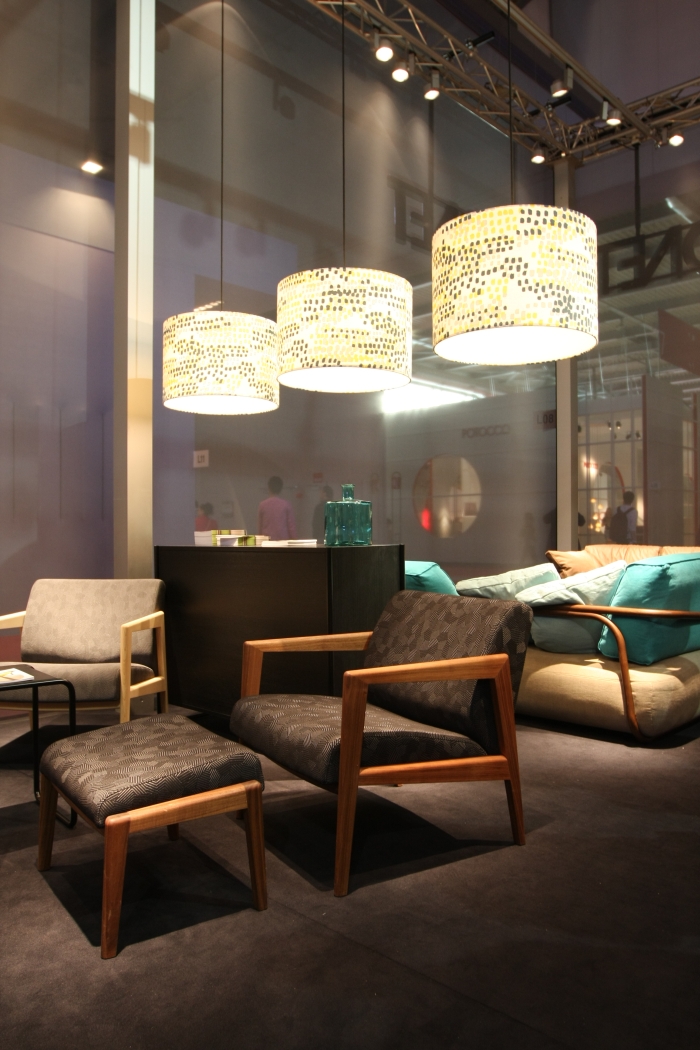
Back in context of the Leipzig exhibition we noted "Thonet's most impressive, convincing and successful post-war creations are and were those where the designers have understood Thonet and have attempted to do something new, yet something that is still “Thonet”." The new S 830, S 650 and S 860 programmes achieve just that, functionally, formally and aesthetically.
And also ably prove that furniture producers don't always need to do "new". That said, we do feel obliged to repeat an observation we made in relation to the S 1520, S 1521 and S 1522; "Fortuitously just as Iceland’s fisherman don’t try to maximise profit by catching as many fish as possible as quickly as possible, so to do Thonet choose not to raid the archive every couple of months in the hope of cashing in, rather treat it with great respect"
One can over egg a pudding, over fish an ocean and over revive a back catalogue. New products are also important, and especially for Thonet if they are ever to lead a third furniture design revolution!
The new sofa 2002 by Christian Werner which Thonet also unveiled in Milan isn't that new revolution, but is a fascinating new addition to the Thonet portfolio.
Even if to be honest we're still not entirely convinced by it.
On the one hand we're captivated by its ease, simplicity, honesty, straightforwardness and the way it references almost the complete 150 years of Thonet.
On the other hand, we can't help feeling it is too obvious, too easy, too straightforward and ultimately an object that has too little distance to the rest of the Thonet portfolio to be able to fully develop its own, autonomous, identity. Or is that just us, cynically, looking for problems? A reason to criticise?
Fortunately we have a lot more time to reflect and consider.
For furniture isn't about instant gratification, that's clothing. Furniture, like music, should be a relationship that develops, matures and deepens over the years, decades, or in the case of Thonet, centuries.
